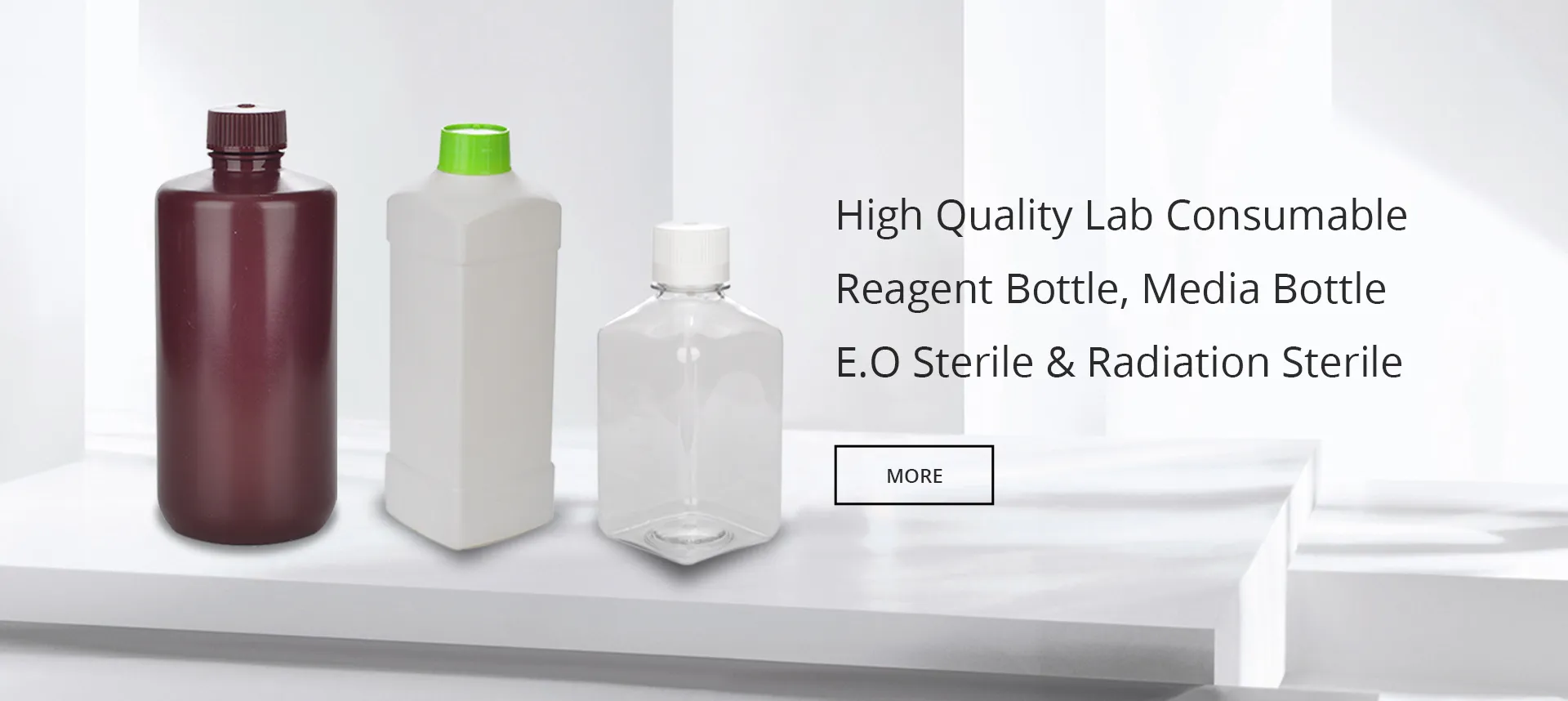metric medical bottle
The Evolution of Metric Medical Bottles A Crucial Component in Healthcare
In the ever-evolving field of healthcare, the significance of packaging cannot be overstated. Among the various forms of packaging that play a vital role in pharmaceutical distribution and practice, metric medical bottles have emerged as a standard choice across diverse medical applications. These bottles are not merely containers; they embody precision, safety, and efficiency crucial to patient care and medication administration.
Understanding Metric Medical Bottles
Metric medical bottles are specifically designed to store various types of medications, ranging from liquid solutions and suspensions to powders and tablets. The metric designation indicates that these bottles are manufactured in accordance with the metric system, ensuring that all measurements, including volume and dosage, are convenient for both healthcare professionals and patients alike. Typically, these bottles feature standardized sizes, such as 30 mL, 60 mL, or 100 mL, making it easier to dispense accurate doses.
Material Selection and Safety
One of the critical aspects of metric medical bottles is the materials used in their production. High-density polyethylene (HDPE), low-density polyethylene (LDPE), and glass are the most common materials employed. Each material has its own advantages HDPE and LDPE are resilient and resistant to breakage, making them ideal for environments that require durability. Glass, on the other hand, is often preferred for its inert properties and ability to withstand sterilization processes without leaching harmful substances.
Furthermore, safety is paramount in the design of metric medical bottles. Features such as child-resistant caps, tamper-evident seals, and labels with clear dosage instructions play a critical role in preventing accidental overdoses or misuse. The emphasis on safety extends to the bottles' resilience against environmental factors like moisture, light, and temperature changes, which can degrade medication quality.
Environmental Considerations
metric medical bottle

As the world becomes increasingly focused on sustainability, the production and disposal of metric medical bottles are under scrutiny. The pharmaceutical industry is actively seeking ways to minimize its environmental footprint, prompting innovations in packaging materials. Biodegradable plastics and recyclable glass options are gaining traction, allowing healthcare providers to reduce waste and promote responsible disposal practices. This shift not only reflects a commitment to environmental stewardship but also aligns with consumer demand for eco-friendly products.
The Role of Technology in Design
Technology has significantly impacted the design and functionality of metric medical bottles. Advances in manufacturing processes have allowed for the precise shaping and molding of bottles, resulting in consistency that enhances usability. Additionally, the incorporation of QR codes and augmented reality features on labels has opened new avenues for patient interaction. Patients can scan these codes to access detailed information about their medications, including dosage instructions, side effects, and storage recommendations. This integration of technology not only empowers patients but also promotes adherence and safety.
Impact on Patient Care
The design and use of metric medical bottles are integral to effective patient care. Accurate measurement and dispensing of medications are critical to therapeutic outcomes. When healthcare providers can rely on well-constructed, easy-to-use metric bottles, the likelihood of medication errors decreases significantly. Moreover, the convenience of standardized sizes and labels helps patients manage their prescriptions effectively, fostering adherence to treatment regimens.
Future Developments in Metric Medical Bottles
Looking ahead, the future of metric medical bottles seems promising. Ongoing research and development are likely to yield even more innovative solutions tailored to the needs of both healthcare providers and patients. Enhancements in material science may lead to the creation of alternative packaging methods that meet stringent safety standards while being environmentally friendly. Additionally, the potential for smart packaging—integrating sensors to monitor medication stability and adherence—could transform how patients engage with their health management.
In conclusion, metric medical bottles are a pivotal component in the healthcare industry, embodying the principles of safety, efficiency, and patient-centered care. Their evolution has paralleled advancements in medicine itself, providing a reliable means of delivering essential medications to patients. As we continue to innovate and prioritize sustainability, these bottles will undoubtedly play an even more significant role in shaping the future of healthcare packaging.
-
Aesthetic Makeup Spray Bottles | Fine Mist Empty RefillableNewsAug.19,2025
-
White Plastic Veterinary Vaccine Vials | Lab Liquid BottlesNewsAug.18,2025
-
Plastic Medicine Liquid Bottle: Secure Flip Top Drug VialsNewsAug.17,2025
-
Durable 250ml Blue Plastic Vaccine Vial for Lab & Vet UseNewsAug.16,2025
-
Sterile Virus Sample Tubes: Secure & Reliable Specimen CollectionNewsAug.15,2025
-
White 250ml Plastic Vaccine Vial for Lab & Vet MedicineNewsAug.14,2025
























